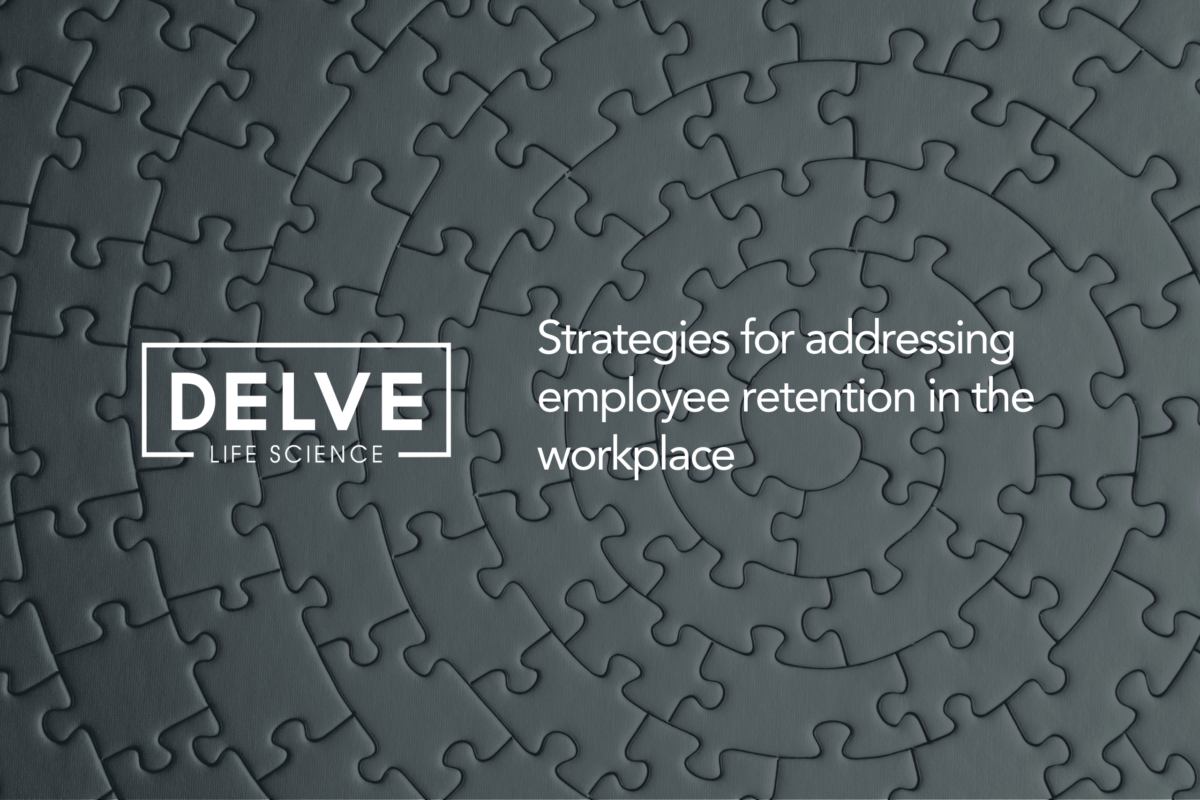
Strategies for addressing employee retention in the workplace
By Gareth Foden
Employee retention is a critical concern for organisations of all sizes and industries. High turnover rates can be detrimental to productivity, morale, and ultimately, the bottom line. Therefore, it’s essential for employers to implement strategies to retain their top talent and foster a positive work environment.
The cost of employee turnover
Employee turnover comes with significant costs, both direct and indirect. Direct costs include recruitment expenses, such as advertising job openings, conducting interviews, and onboarding new hires. Additionally, there’s the cost of training new employees to get them up to speed, which can be substantial depending on the complexity of the role.
Indirect costs are often more challenging to quantify but can have a profound impact on the organisation. These include the loss of institutional knowledge, decreased team morale, and disruptions to workflow and productivity. Furthermore, high turnover rates can damage the employer’s brand, making it more difficult to attract top talent in the future.
The value of employee retention strategies
Given the high costs associated with employee turnover, investing in retention strategies can yield significant returns for organisations. These strategies focus on creating a positive work environment where employees feel valued, engaged, and motivated to stay with the company.
Some effective retention strategies include:
- Competitive compensation and benefits: Offering competitive salaries and benefits packages can help attract and retain top talent. Additionally, providing opportunities for career advancement and professional development can further incentivise employees to stay.
- Work-life balance: Promoting work-life balance initiatives, such as flexible work arrangements and paid time off, demonstrates that the organisation values employees’ well-being and respects their personal lives.
- Recognition and rewards: Recognising employees for their contributions through rewards, incentives, and public praise can boost morale and motivation. Employees who feel appreciated are more likely to remain loyal to the organisation.
- Open communication: Fostering a culture of open communication where employees feel comfortable sharing feedback, concerns, and ideas can help strengthen employee engagement and loyalty.
When to say no to a salary rise
While offering salary raises can be an effective retention tool, there are instances when employers may need to consider other options or say no to a pay increase. For example:
- Budget constraints: If the organisation is facing financial challenges or budget constraints, offering across-the-board salary increases may not be feasible. In such cases, employers may need to explore alternative ways to reward and retain employees, such as offering non-monetary benefits or performance-based incentives.
- Performance issues: If an employee’s performance does not meet expectations or if there are concerns about their contribution to the organisation, granting a salary raise may not be appropriate. Instead, employers should address performance issues through constructive feedback, coaching, and performance improvement plans.
- Market conditions: In some cases, market conditions may not justify salary increases across the board. Employers should conduct regular salary benchmarking to ensure their compensation packages remain competitive within their industry and geographic location.
In conclusion, employee retention is a critical priority for organisations looking to maintain a talented and engaged workforce. By investing in retention strategies and carefully considering when to offer salary raises, employers can create a positive work environment where employees feel valued, motivated, and committed to the organisation’s success.
For further information on how to effectively address employee retention in your workplace, get in touch:
Call: +44 (0)1606 212020
Email: gareth.foden@delverec.com
Alternatively, to find our more about our Life Science recruitment services, click here.
Share This Blog
Recent Articles

Technical vs. Leadership career paths

The hidden engine of Germany’s innovation: Why the future of engineering relies on a proactive approach

Networking Tips for Semiconductor Professionals in Europe

Key workforce challenges in the Advanced Engineering sector

Breaking into the Semiconductor Industry: Tips for engineering graduates






